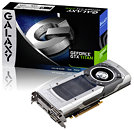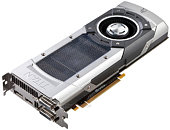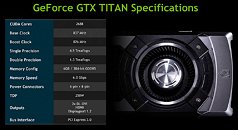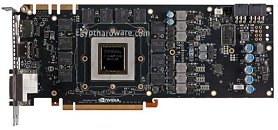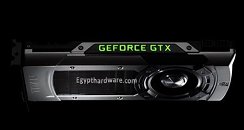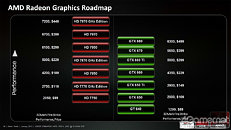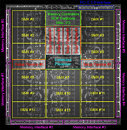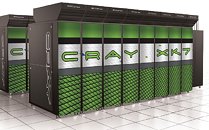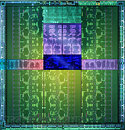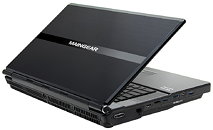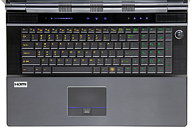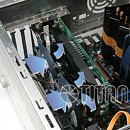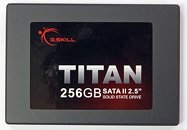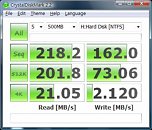
Galaxy Announces its GeForce GTX Titan Graphics Card
One of NVIDIA's highest volume AIC partners, Galaxy, dropped in its GeForce GTX Titan offering, joining other partners in their late-evening launch, even as partners struggle to scrape up inventories. Galaxy's offering is no different from absolutely any other among NVIDIA's partners, who are restricted from modifying the board design, or playing with the reference clock speeds. Partners are allowed to drop in additional items in their packages, and of course their own overclocking software that can take advantage of the card's enthusiast features. Based on the 28 nm GK110 silicon, the GeForce GTX Titan features 2,688 CUDA cores, 224 TMUs, 48 ROPs, and a 384-bit wide GDDR5 memory interface, holding 6 GB of memory. The card features NVIDIA reference clock speeds of 837/876/6008 MHz (core/GPU Boost/memory). It should be priced around $1000 before taxes.
